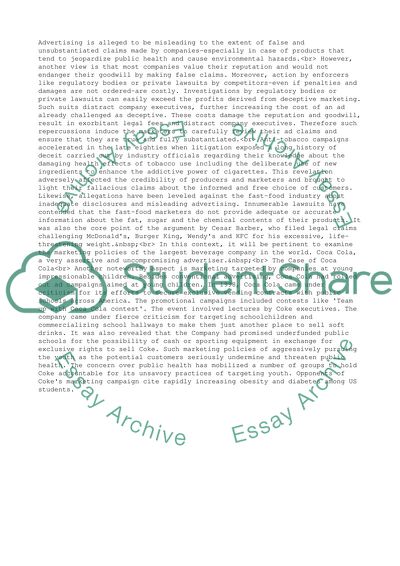Cite this document
(“Socially Responsible Marketing Essay Example | Topics and Well Written Essays - 2000 words”, n.d.)
Retrieved from https://studentshare.org/business/1531311-socially-responsible-marketing
Retrieved from https://studentshare.org/business/1531311-socially-responsible-marketing
(Socially Responsible Marketing Essay Example | Topics and Well Written Essays - 2000 Words)
https://studentshare.org/business/1531311-socially-responsible-marketing.
https://studentshare.org/business/1531311-socially-responsible-marketing.
“Socially Responsible Marketing Essay Example | Topics and Well Written Essays - 2000 Words”, n.d. https://studentshare.org/business/1531311-socially-responsible-marketing.


